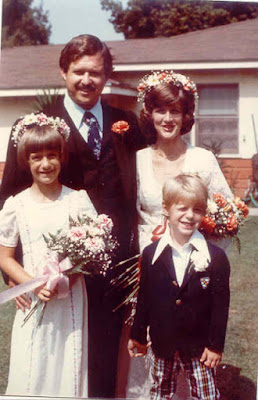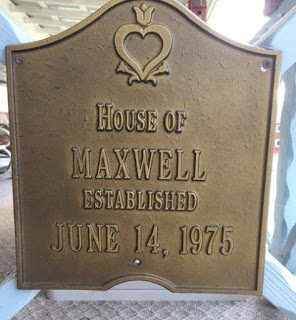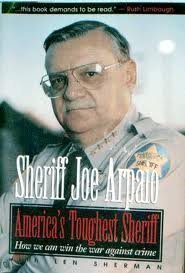Bisbee was founded as a copper, gold, and silver mining town in 1880, and named in honor of Judge DeWitt Bisbee, one of the financial backers of the adjacent Copper Queen Mine.
^Bisbee 1909
The town was the site of the Bisbee Riot in 1919.
In 1929, the county seat was moved from Tombstone to Bisbee, where it remains.
^
Bisbee 1940
Mining in the Mule Mountains proved quite successful: in the early 20th century the population of Bisbee soared. Incorporated in 1902, by 1910 its population had swelled to 9,019, and it sported a constellation of suburbs, including Warren, Lowell, and San Jose, some of which had been founded on their own (ultimately less successful) mines. In 1917, open-pit mining was successfully introduced to meet the copper demand during World War I.
A high quality turquoise promoted as Bisbee Blue was a by-product of the copper mining. Many high-quality mineral specimens have come from Bisbee area mines and are to be found in museum collections worldwide. Some of these minerals include cuprite, aragonite, wulfenite, malachite, azurite, and galena.
From 1950 to 1960, the sharp population decline happening over the previous few decades changed course and the number of residents of Bisbee increased by nearly 160 percent when open-pit mining was undertaken and the city annexed nearby areas. The peak population was in 1960, at 9,914.
In the following decade, there was a decline in jobs and population, although not as severe as from 1930 to 1950. But, the economic volatility resulted in a crash in housing prices. Coupled with an attractive climate and picturesque scenery, Bisbee became a destination in the 1960s for artists and hippies of the counter culture.
From 1950 to 1960, the sharp population decline happening over the previous few decades changed course and the number of residents of Bisbee increased by nearly 160 percent when open-pit mining was undertaken and the city annexed nearby areas. The peak population was in 1960, at 9,914.
In the following decade, there was a decline in jobs and population, although not as severe as from 1930 to 1950. But, the economic volatility resulted in a crash in housing prices. Coupled with an attractive climate and picturesque scenery, Bisbee became a destination in the 1960s for artists and hippies of the counter culture.
Artist Stephen Hutchison and his wife Marcia purchased the Copper Queen Hotel, the town's anchor business and architectural gem, from the Phelps-Dodge mining company in 1970. The company had tried to find a local buyer, offering the deed to any local resident for the sum of $1, but there were no takers. The property needed renovation for continued use.
Hutchison purchased and renovated the hotel, as well as other buildings in the downtown area. One held the early 20th-century Brewery and Stock Exchange. Hutchison began to market Bisbee as a destination of the "authentic," old Southwest. His work attracted the developer Ed Smart.
Among the many guests at the hotel have been celebrities from nearby California. Actor John Wayne was a frequent visitor to Bisbee and the Copper Queen. He befriended Hutchison and eventually partnered with Smart in his real estate ventures. This period of Bisbee's history is well documented in contemporary articles in The New Yorker and in an article by Cynthia Buchanan in The Cornell Review. It was at this time that Bisbee became a haven for artists and hippies fleeing the larger cities of Arizona and California. Later it attracted people priced out by gentrification of places such as Aspen, Colorado.
^
Bisbee 2009
This recipe is an oldie but a goodie! We know you're going to love this simple Beef Stroganoff recipe because it's an old-world classic comfort dish. You won't want to miss it! This savory recipe is traditionally served over buttered noodles, but you can create something just as perfect by serving it with mashed potatoes. It's up to you, but one thing's for sure: it's gonna be great.
- 1/2 stick butter
- 1 1/2 pounds boneless beef top sirloin steak, cut into 1/4-inch strips
- 1 small onion, finely chopped
- 1 clove garlic, minced
- 2 tablespoons all-purpose flour
- 1/2 teaspoon black pepper
- 1 (10-3/4-ounce) can condensed cream of mushroom soup
- 1 (10-3/4-ounce) can condensed cream of chicken soup
- 1/4 pound fresh mushrooms, sliced
- 1 cup sour cream
- In a large skillet over medium heat, melt butter. Add steak strips, onion, and garlic; cook 5 to 7 minutes or until steak is no longer pink, stirring frequently.
- Add flour and pepper; mix well. Add both soups and the mushrooms; mix well. Reduce heat to low and simmer 8 to 10 minutes, or until beef is tender.
- Just before serving, stir in sour cream and cook 2 to 4 more minutes, or until mixture is heated through. Serve immediately.
1932 – Joe Arpaio, American law enforcement officer
1961 – Boy George, British singer (Culture Club)
HOW TO OBSERVE
NATIONAL FLAG DAY HISTORY
HOW TO OBSERVE
- Share memories of your military service in the Army.
- Buy an Army veteran a meal or drink.
- Donate to your favorite veteran’s organization.
- Volunteer your time with a veteran’s organization.
- Raise the Army colors at your home or business.
- Exercise your right to vote.
- Offer an Army veteran an interview when they apply for a job at your place of business.
- Offer an Army spouse an interview when they apply for a job at your place of business.
- Show support to a military family through deployments, moves, and transfers.





















No comments:
Post a Comment